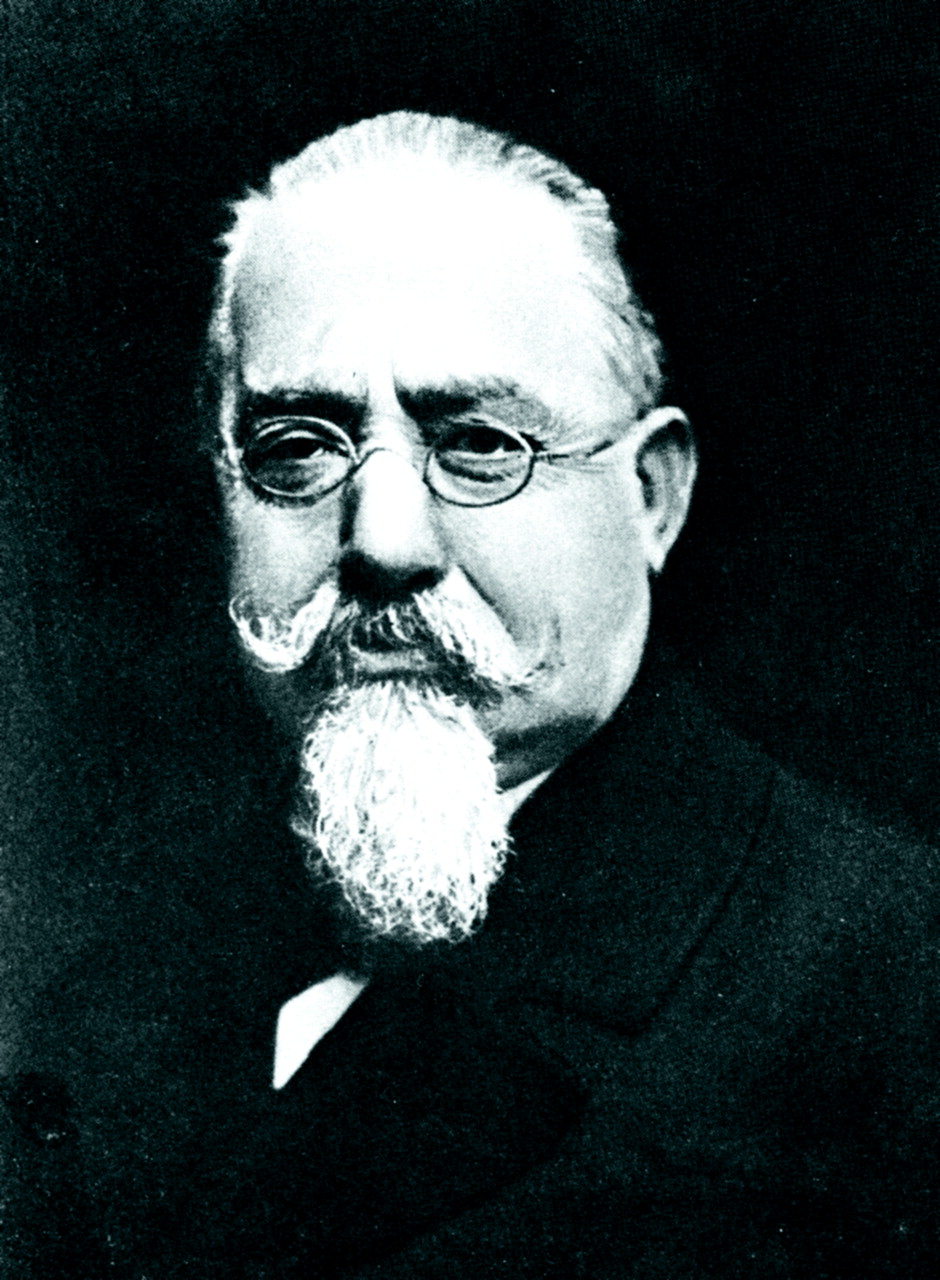Cesare Lombroso was born in Verona in 1835. He graduated in 1858 from the University of Pavia after writing a thesis on endemic cretinism in Lombardy. The early part of Cesare Lombroso’s career was spent in southern Italy working as a medical officer attached to infantry who were fighting brigandage, in whose behavioral characteristics he developed a deep interest. In 1863, he returned to the University of Pavia, where he became the first professor of mental disease studies.
In 1865, under Lombroso’s guidance, Camillo Golgi, 1906 Nobel Prize recipient for Medicine or Physiology
(1), graduated in medicine, sparking his vocation to study the brain. While Golgi soon left Lombroso’s school in search of an anatomical approach to the study of the CNS, he always maintained his interest in the clinical observations of the early part of his career.
In 1872, Lombroso caused a sensation with the publication of the book
Genio e Follia (2), containing his theory that genius was closely linked to madness and were two faces of the same psychobiological reality. He stated that a man of genius was essentially a degenerate whose “madness” was a form of evolutionary compensation for excessive intellectual development. World famous for this book, he was invited in 1897 to preside over the mental illness session at the 12th International Medical Congress in Moscow. While in Moscow, he arranged to meet a genius of world literature, Leo Tolstoy, and asked to scrutinize his degenerative aspects. This visit was a failure because the two men were too disparate to find a point of mutual understanding. However, it represents one of the first rounds of continuing debate in the modern era on creativity and affective illness. It also produced a lasting literary mark; Tolstoy used his novel
Resurrection to sneer at Lombroso’s theory
(3).
Lombroso moved to Turin University. In 1876, he produced his best-known work,
L’uomo delinquente (4), and thus, he can be regarded as the founder of modern criminology. In this work, Lombroso employed Darwinian ideas of evolution to account for criminal behavior. By studying the autopsies of criminals, he believed that certain physical stigmata were apparent (e.g., a deviation in head size and shape from the types common to ethnic groups, eye defects and peculiarities, pouches in the cheeks like those of some animals, the abundance, variety, and precocity of wrinkles), and this was evidence of the biological predisposition to commit crimes. He also wrote about the phenomenon of tattooing among criminals, seeking to demonstrate a link to what today we could call borderline personality disorder.
With good reason, Lombroso’s theories have been scientifically discredited, but he and his criminal anthropological theories had the merit of bringing up the importance of scientific studies of the criminal mind, focusing on the criminal rather than the crime. Furthermore, he consistently emphasized the need for direct study of the individual, using objective measurements (in 1895, while tutoring his pupil Angelo Mosso, he was the first to use a device that recorded bodily changes resulting from the telling of lies) and statistical methods, reflecting the basic idea of cause as a chain of interrelated events
(5). He made the fundamental research error of confusing correlation with cause, albeit in the contextual rationality and cognitive presupposition of the 19th century
(6).
He spent the last years of his life devoted to the disease affecting many farm workers,
pellagra (in the Italian vernacular, “skin that is rough”), speculating that spoiled maize caused
pellagra’s mental symptoms
(7) and correctly emphasizing that diet was the crucial factor. He was unaware of Joseph Goldberger’s intuition that it was a systemic disease resulting from niacin deficiency. Cesare Lombroso died on Oct. 19, 1909, in Turin.


